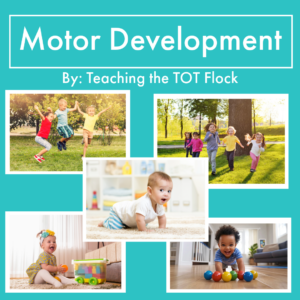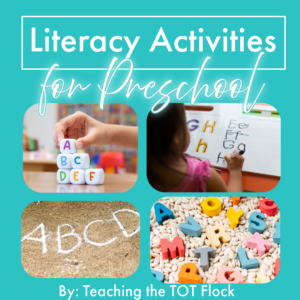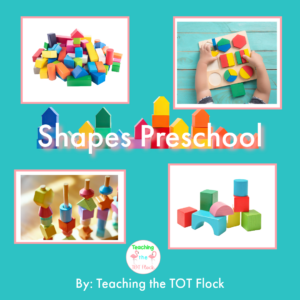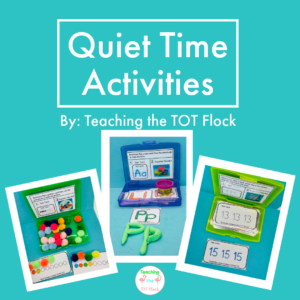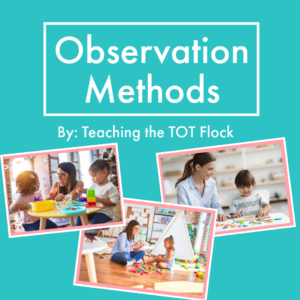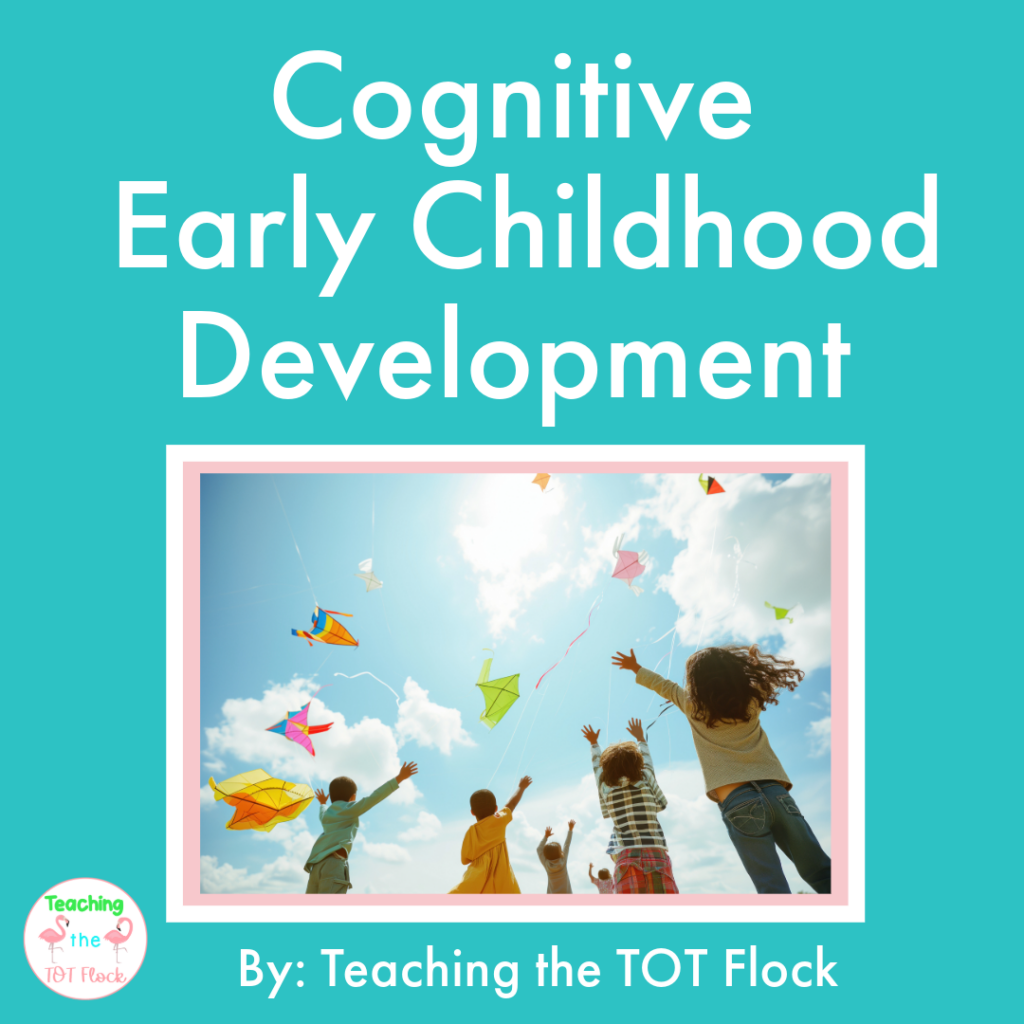
What is cognitive early childhood development? When we think of child development we believe in movement and communication as the markers for proper growth. Cognitive development is one domain that doesn’t always receive attention when development is going smoothly. In many cases, cognitive development is the unspoken of all the developmental domains and perhaps the most important. Cognitive development refers to the brain and how it changes over time it’s the powerhouse of how we learn and think. Our brains develop the most rapidly during the early childhood years thus it is a vital stage of development and important to future success.
Cognitive Development In Early Childhood Examples
There are many cognitive development in early childhood examples within each stage in the domain and examples of what they look like in play. The infant stage has five indicators within the cognitive development framework.
Infant Cognitive Development
The infant stage is from zero to twelve months old. The first indicator is the reflexive actions such as grasping and sucking. Babies can grasp toys, fingers, and anything that they can touch. They love to suck on toys and feel with their mouths to explore their environment. The second indicator is object permanence which is knowing that things people or objects exist even when they are not seen. This is when babies know when a parent leaves the room or a toy is hidden underneath an object. The third indicator is sensory exploration this is when a baby learns through the five senses: sight, sound, touch, taste, and smell.
The fourth indicator is imitation which is the act of copying actions. Imitation is a key indicator that is mastered over years of practice and various difficulties in skills. An example of imitation is when a baby learns the actions of the game peek-a-boo. Imitation skills can be learned through sight and the use of a mirror. Mirrors help children learn about their actions and be able to see themselves doing those actions. The last indicator is vocalizations, when babies learn to use their voice to communicate is vocalization. This can be crying, cooing, and babbling. The infant’s cognitive development might just be the most crucial time in one’s development and most rapid changes are seen in this stage.
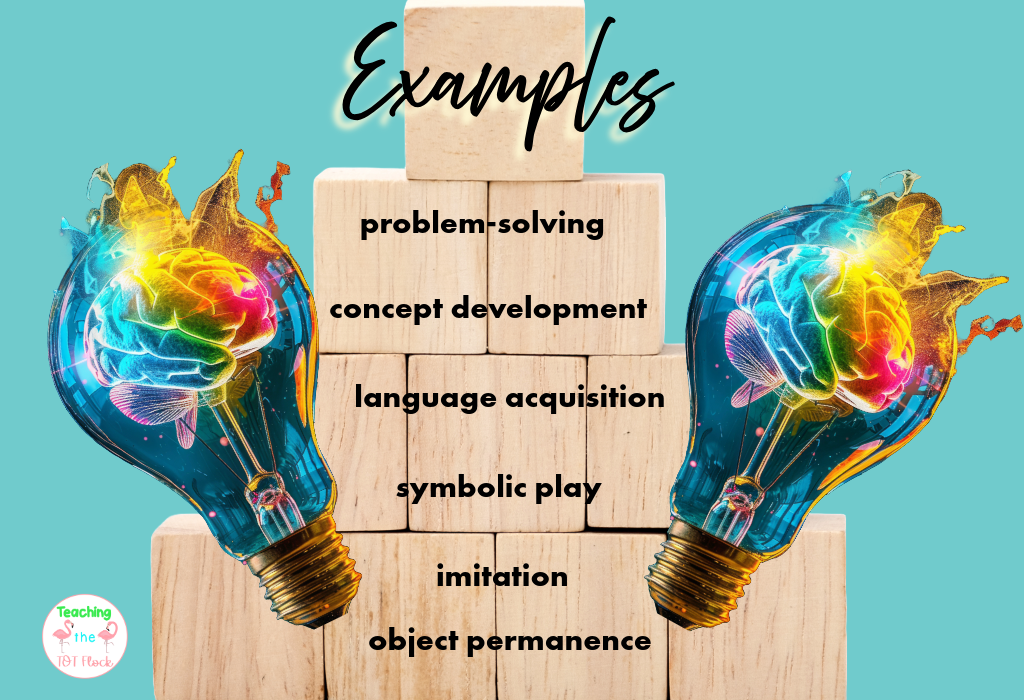
Toddler Cognitive Development
The toddler cognitive development ranges from one to about three years old. Cognitive development for toddlers consists of five indicators. The first state is symbolic play, that is engaging in pretend play such as feeding a babydoll. The second indicator is basic language acquisition this is when a child can understand simple words or phrases and use words to communicate to others. The third indicator is object categorization which is learning to sort objects based on similar attributes like color, size, or shape. The fourth indicator is egocentrism, which is the difficulty in understanding perspectives other than oneself. The last indicator is exploration and experimentation this indicator is trying out various actions to see what the results come from those actions.
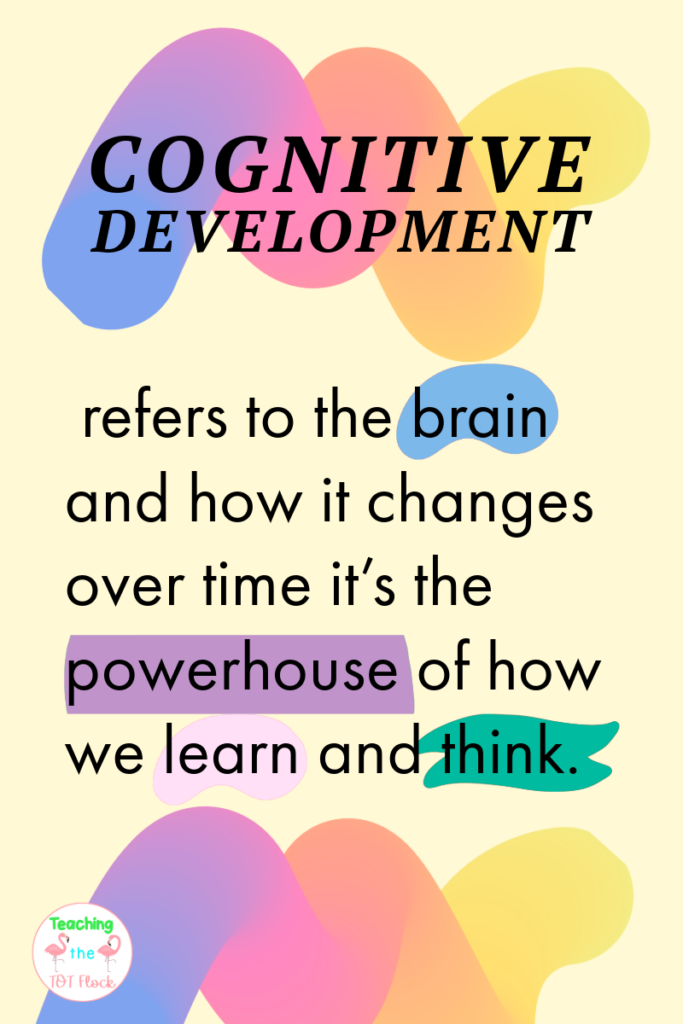
Preschool Cognitive Development
The preschool cognitive development ranges from three to five years old. There are five indicators for preschool cognitive development. The first indicator is complex language development this builds from the toddler indicator with longer phrases and understanding complex directions with spoken language. The second indicator is advanced symbolic play which also builds from the toddler indicator with more complex imaginative play and roles. This indicator usually includes groups of children playing in pretend play to achieve the same goal.
The third indicator is concept development this is when a child understands concepts such as time, numbers, and spatial relationships. The fourth indicator is theory of mind this is where a child understands the thoughts and feelings of others. Some thoughts and feelings can be different from the child and that is okay. The last indicator is problem-solving this is when a child can try different strategies to solve challenges. Puzzles can be an excellent tool for learning problem-solving skills.
Early Childhood Education and Cognitive Development
Early childhood education and cognitive development are interlinked together. The early educator helps to teach children the various skills that only enhance their cognitive development. Some other factors that can influence cognitive development can include environmental, parental, and educational. The environmental stimulation such as rich and varied toys to explore and learn through play can enhance the development of children. Parent and child interactions can play a huge role when talking, reading, singing, and playing together. Seeing social interactions and being a part of those interactions helps teach basic roles and concepts. Education can also play a role in development; when children have access to high-quality programs, they step up in their future success.
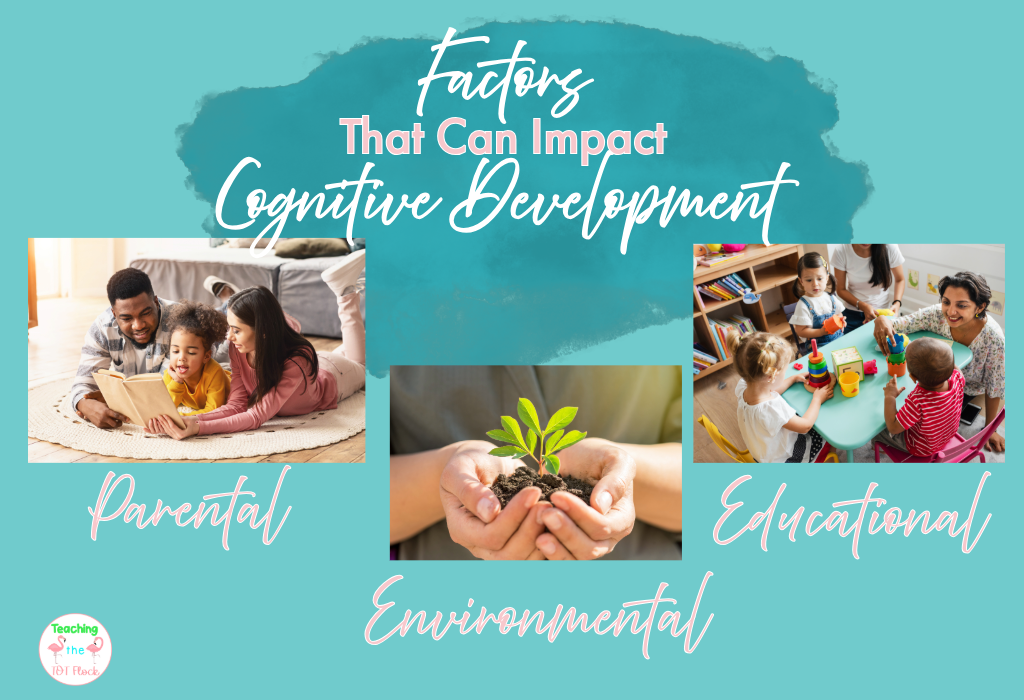
The best step in cognitive early childhood development for children is having the ability to interact with their world to make meaning and create concrete concepts to build in future learning. Cognitive development is the basis for all other developmental domains. Giving children the best opportunities can only enhance their personal development for a rich life for years to come.
Related Resources:
UpSkilllist
A Guide to Cognitive Development Milestones in Early Childhood
https://mybrightwheel.com/blog/cognitive-development

